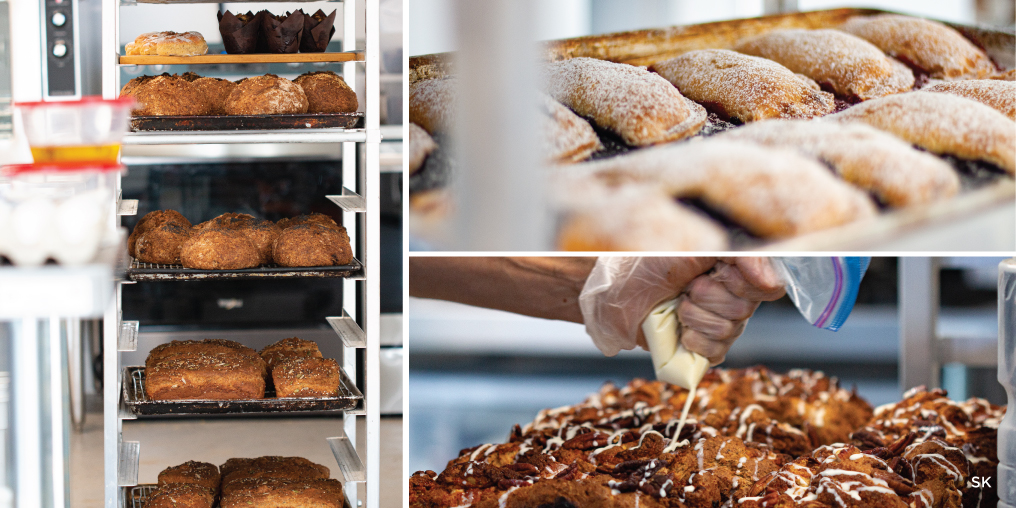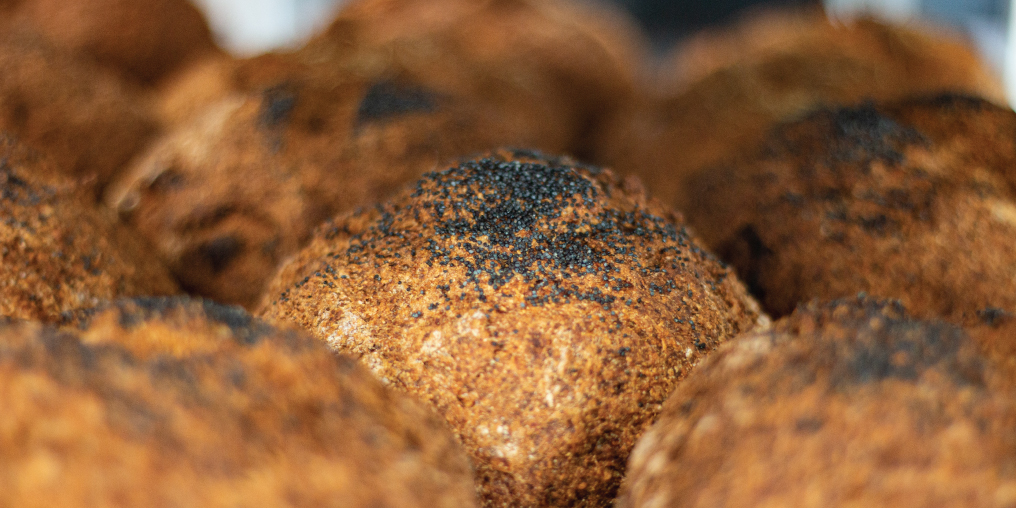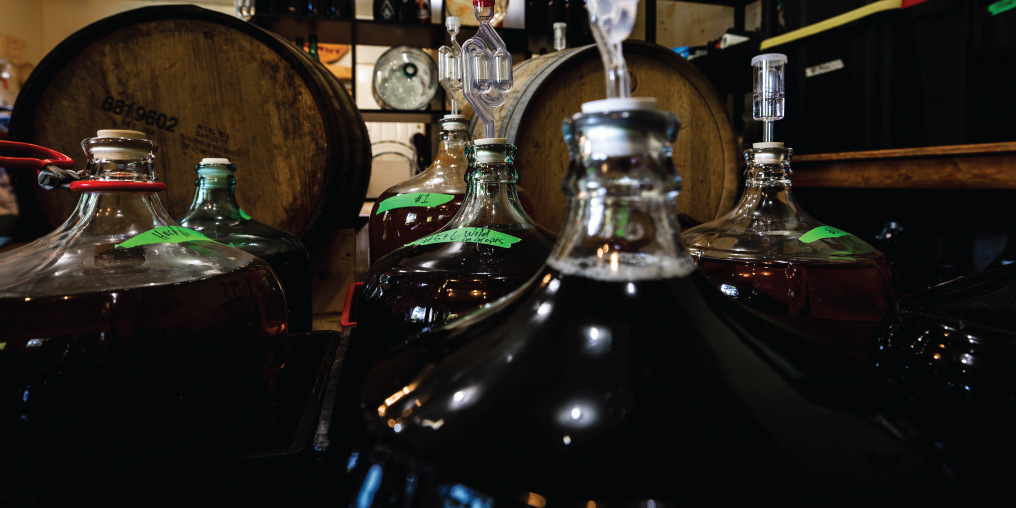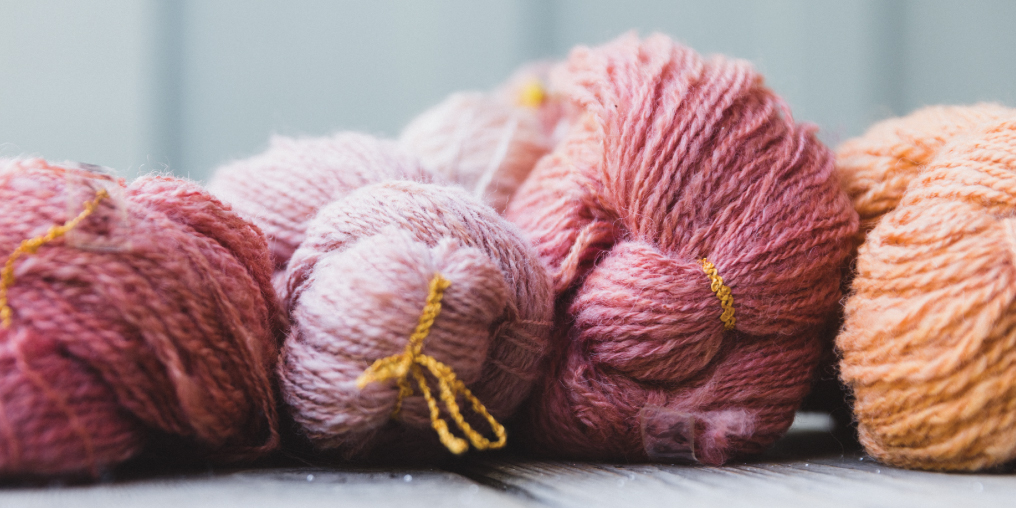Back in 2013, I started shopping around for healthy nutrition options to supplement my gym goals. I’d never given much thought to what I put in my body beyond the main food groups and plenty of water, so gluten wasn’t on my radar. When I was growing up, we ate homemade bread, and I didn’t touch a store-bought cookie until close to my teens. Yup. My mom and my gram baked everything from scratch, and I carried on the tradition. This girl loves to bake!
But after I started experimenting with a paleo diet, a friend and I challenged each other to go for 30 days without dairy, grains, legumes, and refined sugar. At first, I panicked. Then the competition factor set in and I got busy hunting down and gathering a collection of simple recipes that would keep the family happy. They were used to a selection of pasta dishes and homemade pizza, cookies, and muffins.
I’m not gonna lie. The first week sucked. But as I hit my stride in the kitchen, I began to enjoy this new way of eating and my revised relationship to food. I liked the healthy, subtle shifts happening to my body and brain, and really took notice when I reacquainted myself with wheat, dairy, and sugar.
I discovered delicious dinner recipes (some remain on regular rotation nine years later), but never found joy in gluten-free baking. Besides two or three muffin recipes, I endured flop after inedible flop—and some tastes and textures I never wanted to encounter again! It got pricey, so I gave up.
But a rising curiosity remains, and I find myself wanting to explore gluten-free baking again, so I connect with Georgie Swift, the owner of Roots Rising Gluten Free Bakehouse.
Georgie is a chef and baker who discovered the use of food as medicine after falling ill in 2010. She has layered her journey to recovery, and her passion for baking, into mouth-watering breads and baked goods for people who are diabetic, gluten-free, keto, paleo, and vegan.
Georgie believes gluten-free diets have become popular because “more and more people are reporting symptoms of inflammation, bloating, fatigue, joint pain, brain fog, skin conditions and so on.” Through eliminating gluten, many find relief for some or all of their symptoms. She adds, “Very few people, if any, say they feel worse after eliminating gluten from their diet.”
It’s not completely clear why going gluten-free helps people feel better. Georgie notes that “some research suggests it may not be gluten that causes the sensitivity, but a different protein found in wheat.” Or it could be different irritants and allergens found in grains such as wheat, rye, and barley. “Other studies suggest that poorly absorbed carbohydrates called FODMAPs, present in wheat and many other foods, may cause such symptoms,” she adds.
Whatever the reasons people have for cutting out gluten, Georgie is glad the gluten-free hype has created easily accessible options for everyone, allowing the industry to grow and establish itself as a lifestyle rather than a fad.

As with any new skill, there is a learning curve—and some trial and error—involved in creating delicious food without wheat, dairy, or refined sugar, but, as Georgie emphasizes, “once you have a few good basics down, it’s all about creativity. The best results are achieved with a diverse pantry consisting of multiple flours, nut butters, and substitutes.”
Another downside is the misleading marketing around gluten-free products. Brands are “using refined sugar and cheap fillers to make them taste more appealing,” Georgie notes, adding, “On the upside, wholesome grains and pseudograins such as buckwheat, quinoa, millet, and amaranth have made their way onto the menus of many restaurants and into many pre-packaged items. These grains have more of a diverse nutritional profile than wheat, so it’s great to see them rising to the spotlight.”
Roots Rising embraces the importance of using a combination of quality flours (like almond, brown rice, coconut, and oat) and nutrient-dense components (like chia, flax, and psyllium husk) to create unique, wholesome flour blends for their products. And the results are astounding.
As for all those gluten-free baking fails of mine, it turns out my pantry was lacking a selection of flour types. I’d also ignored the science part of baking, and, well, to be completely honest, I lacked patience. Good thing I’ve got options beyond my own kitchen!
The Comox Valley offers abundant alternatives for those with gluten, sugar, dairy and other food sensitivities and allergens. You can find Roots Rising at the Comox Valley Farmers’ Market on Saturdays and at their storefront at 5225 North Island Highway.





